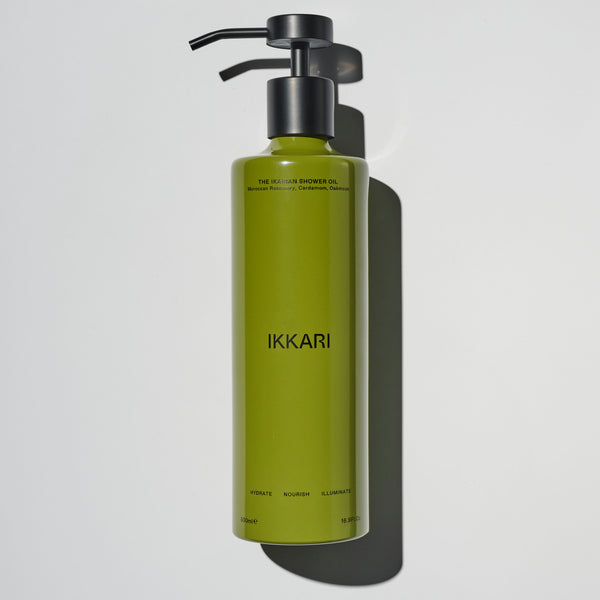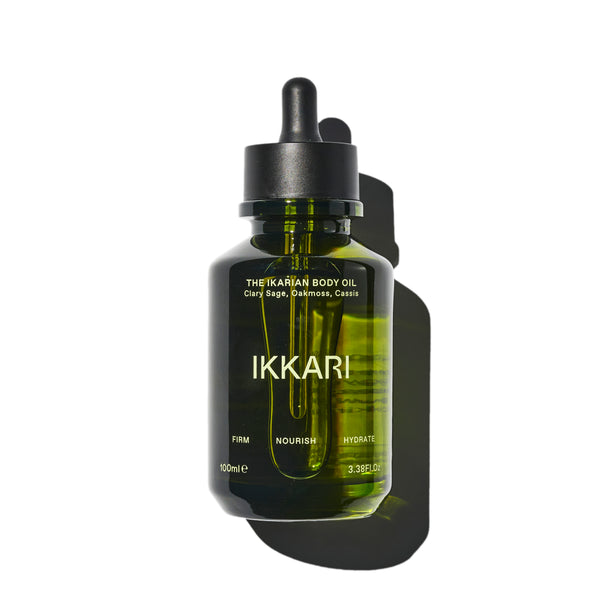In conversation with The Calmm Founder, Jessie Whittaker
Much like your metabolic, immune and circulatory systems, your lymphatic system is just as crucial to optimum body function. Known as the key detoxification pathway, its primary function is to drain and filter excess fluid from the tissue, eliminate waste and inflammation, while protecting the body from toxins and pathogenic bacteria. Stagnation in the lymphatic system can manifest through stress, hormones, low immunity and infection. Here, Jessie Whittaker, founder of THE CALMM, guides us through practices with immense influence on the formation and flow of lymph throughout the body.
What is the lymphatic system?
“A form of massage used to drain the lymphatic system of the body; to drain lymph fluid is to dissipate inflammation. If any of our lymph nodes are blocked, we generally see inflammation in the form of pain, tenderness, discomfort, immobility and many other ways. If toxic fluid does not drain away efficiently, we are left with a swamp-like scenario within our tissues. Not the prettiest picture.”
How does lymphatic massage help with detoxification?
“The lymphatic system does not have a pump, it relies solely on movement – and with our current lifestyles where most of our days are spent sitting, our lymphatic system needs a little help. Lymphatic massage is designed to encourage the movement of fluid within the body. With soft and rhythmic techniques, performed in a sequential manner, a therapist can drain our nodes in order to flush all the nasties back into our circulatory system. The fluid will move up from our extremities to our collarbones, before combining with our circulatory system and being filtered by our liver before leaving the body.”
“Lymphatic massage was originally designed by Emil and Estrid Vodder to drain the lymph nodes for those suffering from chronic sinus and immune disorders. They stumbled upon it when treating patients with chronic colds as they noticed the inflammation of their lymph nodes. Over time, they found the light and rhythmic motions helped to promote flow and they went on to train other practitioners to spread the lymph love.”
What else can we do to encourage drainage?
“There are multiple ways to assist the lymphatic system in draining. Any exercise you do is going to encourage movement of fluid as our nodes are located around our joints. A great and simple form of activation is a squat jump or a burpee. Both of these exercises require most joints to move and therefore, create a pump to push lymph fluid around the body. The more you do, the more the fluid will move.
Cupping is a great one for friction, it helps break up adhesions within the fascia, or areas of tension. When the tension is released, the body is more able to ‘flow’ – whether it’s lymph fluid or blood. You will notice it will break up cellulite in time, create a firmer texture within the skin and also help with mobility and pain reduction. I use cupping daily to help drag fluid towards the nodes, as well as lymph activation.
Dry brushing is very well known and is amazing for the body. My only recommendation would be to open the lymph nodes prior to brushing to increase overall drainage.
For further toxic release following these drainage techniques, assist the body to expel them with increased water intake, lighter meals, sauna and magnesium oil or bath. All of these will encourage detoxification to ensure the fluid leaves the body efficiently.”
“A daily shower ritual is the most sustainable and easy way to add lymphatic work into your life. We teach a routine through workshops at The CALMM to use daily and we also provide a routine when you purchase our body cups. This routine moves through the body to activate the nodes from the collarbones down.
I always start with breathwork to activate the diaphragm and largest gland in the body, I then move into light, rhythmic pumping on my lymph nodes, located around each joint – I do this as I wash myself in the shower. Using long strokes move the fluid towards the heart. The action should begin from the ankles to the knee, the knee to the groin, the stomach and the wrists to the shoulders.
Dry brushing is an easy one to do pre-shower, and of course eating lighter meals post workout to allow for the body to drain. All in all, movement is key. Dynamic movement daily, where every joint is in full range of motion is the best lymph activation you can do.
As the old saying goes “move it or lose it”.
[Image courtesy of Brigette Clark for The Calmm]



